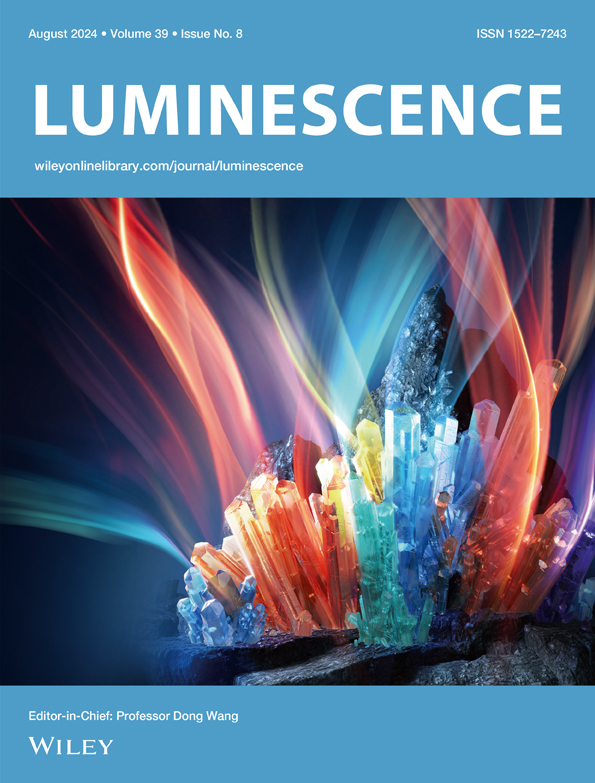Rapid Microwave-Assisted Synthesis of Nitrogen-Doped Carbon Quantum Dots as Fluorescent Nanoprobe for Sensitive Estimation of Tizanidine in Human Urine and Dosage Forms: Application to Content Uniformity Testing
Abstract
This study introduces a novel sensitive and environment-friendly spectrofluorimetric method for determination of an important muscle relaxant drug, tizanidine, with no need for using organic solvents or any pre-derivatization steps. This strategy depends on tizanidine quenching effect on the native fluorescence of newly synthesized nitrogen-doped carbon quantum dots (N-CQDs) from Tetraclinis articulata extract, for the first time, using a microwave-assisted synthetic strategy in only 4 min. Full characterization of the synthesized N-CQDs was performed by different microscopic and spectroscopic techniques. The synthesized N-CQDs showed good fluorescence emission at 380 nm when excited at 312 nm. This method is the first one for tizanidine analysis spectrofluorimetrically using N-CQDs as nanosensors. The developed approach demonstrated good linearity within the range of 0.1–1.0 μg/mL with a correlation coefficient of 0.9997 and a detection limit of 0.024 μg/mL. The developed approach was successfully applied for tizanidine estimation in its tablets and human urine samples with high % recoveries (98.04–101.67) and low %RSD (< 1.5) values. Furthermore, the content uniformity testing of the tizanidine tablets was performed in accordance with the USP guidelines. The method's eco-friendliness was evaluated using AGREE and ComplexGAPI metrics. Validation of the method was performed according to ICHQ2 (R2) guidelines.

 求助内容:
求助内容: 应助结果提醒方式:
应助结果提醒方式:


